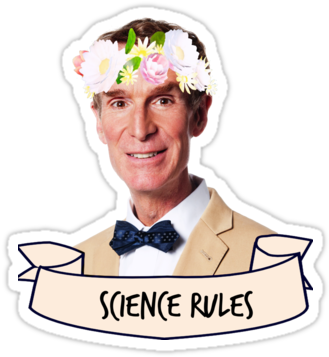this post was submitted on 17 Oct 2025
1208 points (98.9% liked)
Science Memes
17098 readers
2953 users here now
Welcome to c/science_memes @ Mander.xyz!
A place for majestic STEMLORD peacocking, as well as memes about the realities of working in a lab.

Rules
- Don't throw mud. Behave like an intellectual and remember the human.
- Keep it rooted (on topic).
- No spam.
- Infographics welcome, get schooled.
This is a science community. We use the Dawkins definition of meme.
Research Committee
Other Mander Communities
Science and Research
Biology and Life Sciences
- !abiogenesis@mander.xyz
- !animal-behavior@mander.xyz
- !anthropology@mander.xyz
- !arachnology@mander.xyz
- !balconygardening@slrpnk.net
- !biodiversity@mander.xyz
- !biology@mander.xyz
- !biophysics@mander.xyz
- !botany@mander.xyz
- !ecology@mander.xyz
- !entomology@mander.xyz
- !fermentation@mander.xyz
- !herpetology@mander.xyz
- !houseplants@mander.xyz
- !medicine@mander.xyz
- !microscopy@mander.xyz
- !mycology@mander.xyz
- !nudibranchs@mander.xyz
- !nutrition@mander.xyz
- !palaeoecology@mander.xyz
- !palaeontology@mander.xyz
- !photosynthesis@mander.xyz
- !plantid@mander.xyz
- !plants@mander.xyz
- !reptiles and amphibians@mander.xyz
Physical Sciences
- !astronomy@mander.xyz
- !chemistry@mander.xyz
- !earthscience@mander.xyz
- !geography@mander.xyz
- !geospatial@mander.xyz
- !nuclear@mander.xyz
- !physics@mander.xyz
- !quantum-computing@mander.xyz
- !spectroscopy@mander.xyz
Humanities and Social Sciences
Practical and Applied Sciences
- !exercise-and sports-science@mander.xyz
- !gardening@mander.xyz
- !self sufficiency@mander.xyz
- !soilscience@slrpnk.net
- !terrariums@mander.xyz
- !timelapse@mander.xyz
Memes
Miscellaneous
founded 2 years ago
MODERATORS
you are viewing a single comment's thread
view the rest of the comments
view the rest of the comments

I mean, have you considered that the expansion of the universe generates or increases the total energy in the universe?
As stars move apart, they gain both potential energy with respect to other stars, because greater distance from gravity sources means greater potential energy, but they also gain kinetic energy as they accelerate away from other objects. So, their mechanical energy (potential + kinetic energy) increases over time. Maybe somebody could build a clever machine out of this to harvest that energy?
You should look up Penrose's work in conformal cyclic cosmology.
The short version is this: as the rarified universe becomes massless particles flying in all directions as space expands, it is basically the exact same conditions as the big bang. IE, when the universe fizzles out, from a different reference frame it's still an infinite field of energy expanding out faster and faster.
Just cross out the "distance" part of interactions between particles, without humans or anything with mass really to observe or interact with anything, the relationships between photons are all that matters, and from that perspective it will be the same as the big-bang state. All that's important to look at is the relationships between these particles, the angles between them and probability of them interacting with each other.
IIRC, the current theory is that stars do not move apart, but that space itself expands, which generates the impression that they move apart.